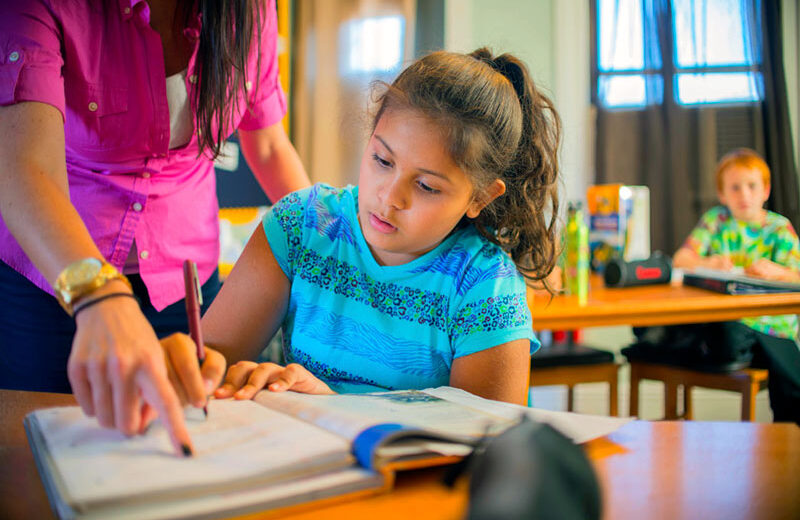Back to school season is here, and for teachers, this can be an intimidating time of year. New classrooms, both in-person and digital, filled with children you do not have experience with yet. While getting to know your students can be fun and rewarding if there is a student that is hard of hearing or has hearing loss, following your regular routine can prove to be complicated, especially if this is your first time having a deaf or hard of hearing student in your classroom. Students with hearing loss come with unique challenges, which as a teacher, you need to overcome so you can ensure your student is learning and growing with the rest of the class.
Being an educator is hard work. When there is a student with impaired hearing or who is deaf, teachers are expected to take the steps needed to help that child succeed. While this can be a difficult task, checking out these useful tips can help you successfully accommodate students with hearing loss in your classroom.





